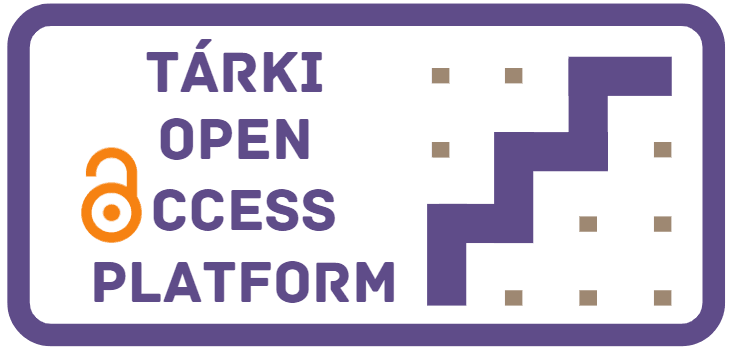A fiatalok helyzete Európában a gazdasági válság idején és azt követően
letöltésMedgyesi Márton
A fiatalok helyzete Európában a gazdasági válság idején és azt követően
Young people were affected disproportionately by the crisis facing the economies of the European Union in 2008–09 and they had to tackle difficulties during the ensuing lengthy stagnation (Eurofound, 2012; O’Reilly et al., 2015). The economic crisis and the period thereafter had serious consequences for youth: the proportion of the poor increased in the young age group and the differences in income between younger and older adults also increased. Nevertheless, the signs of the economic crisis diminished in the middle of the decade, and the economies of most of the EU countries started to grow again, while unemployment started to decline. This chapter aims at briefly presenting the labour market and income situation of young people in the countries of the EU in the period since the economic crisis. The impact of the recession on the labour market chances and incomes of young people differed not only across countries, but also across social groups. Family background determines how vulnerable young people are in a period of economic crisis and how they are able to tackle the consequences of recession. By passing down material, cultural and network capital, families influence the life chances of their children. Young people with few inherited resources tend to enter the labour market with lower qualifications and lower skill levels, and they are less likely to possess the information and connections needed for success. For them, the threat of long-term unemployment partly results from the conditions they inherited. In addition, family can alleviate the detrimental effects of the crisis by helping children with material and/or nonmaterial transfers. Accordingly, the chapter will also cover the inequalities of opportunities among young people to tackle the economic crisis, describing the impact of family background on educational attainment and labour market outcomes. It is primarily the 15–24 and 15–29 age groups that will be analysed. This age includes obtaining qualifications and entry to the labour market. In some cases, we raised the upper limit to 34, since difficulties in labour market integration also affect people in their early thirties because of the longer time spent in education.
